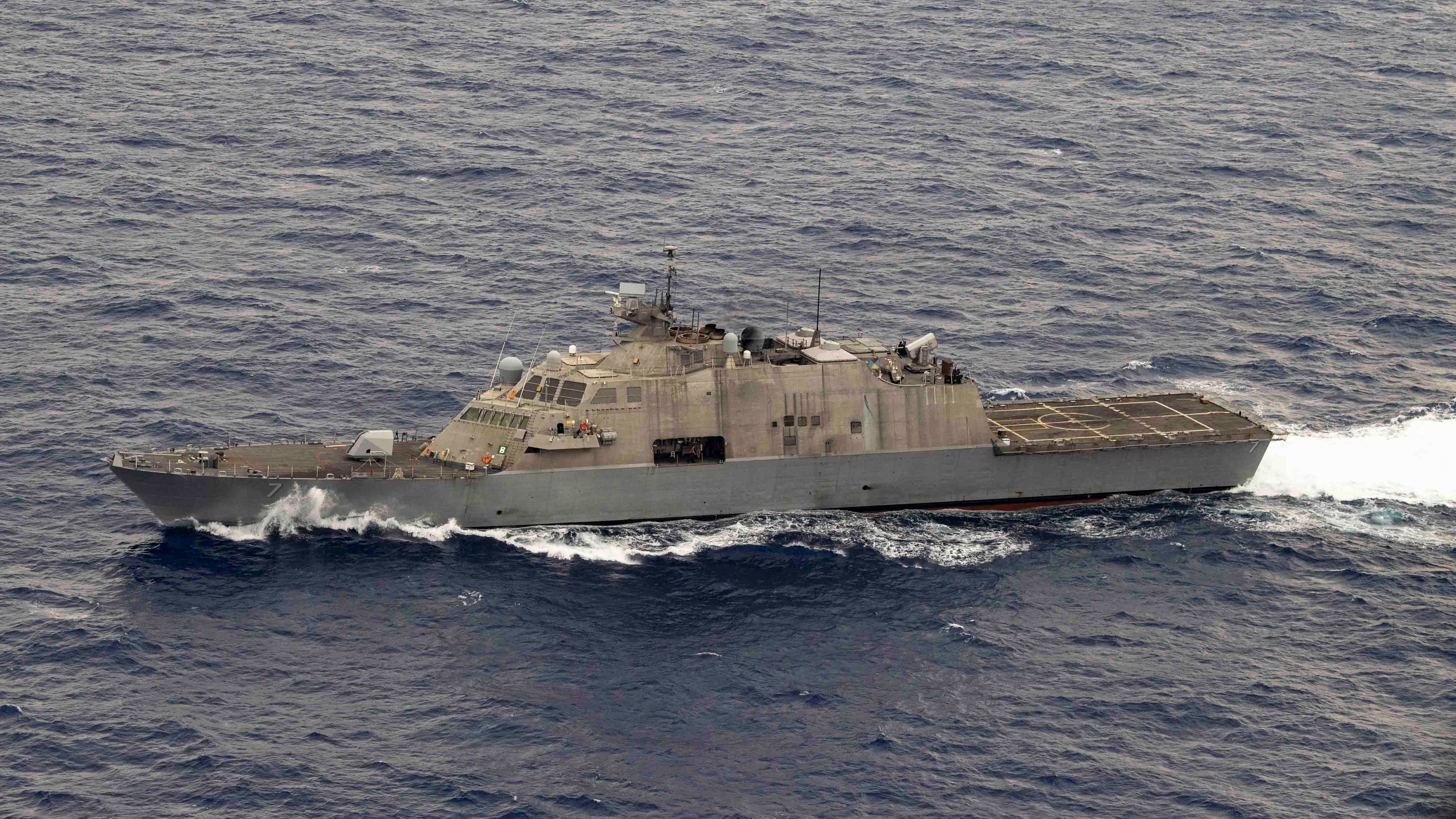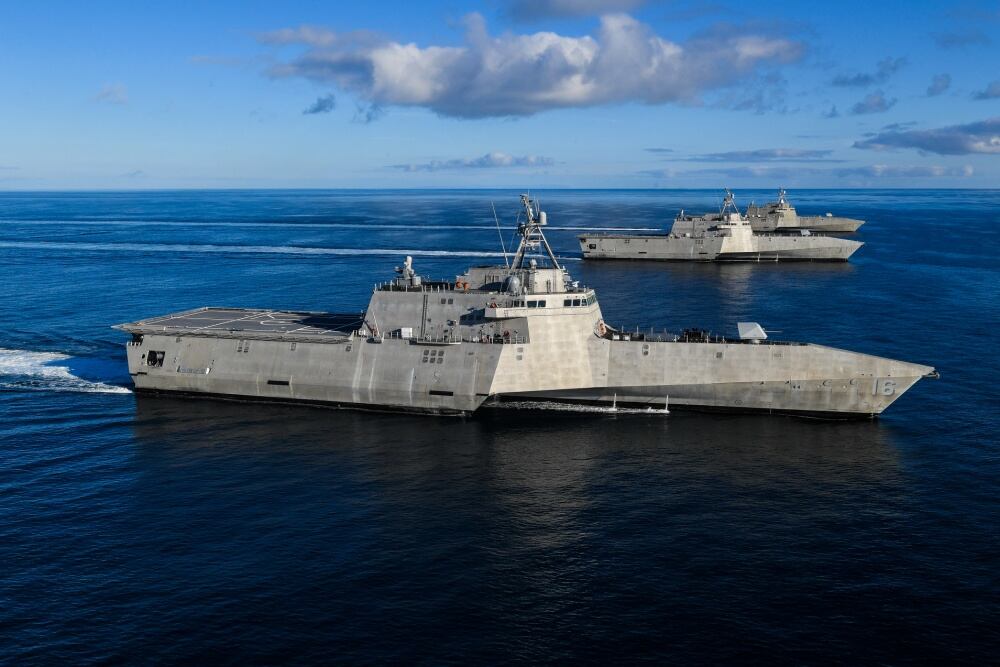Just more than a decade after they entered naval service to great fanfare as the future face of the U.S. Navy, the first two littoral combat ships will be mothballed later this year, according to the Navy’s inactivation schedule for 2021.
The first LCS, Freedom, will head into inactive reserve status Sept. 30, less than 13 years after the ship was commissioned.
The second LCS, Independence, a separate class variant, will receive its shadow box on July 31 after just 11½ years of service.
LCS were billed as the future of the fleet, agile vessels that could be implemented with various mission modules.
But those modules have yet to materialize, and Navy brass has said in recent years that the elder LCSs aren’t worth the modernization money as the sea service faces a hefty bill for other shipbuilding and upgrading costs.
Meanwhile, problems remain on several LCS fronts.
RELATED

The Navy has halted delivery of more Freedom-class LCSs due to issues with the ship’s combining gear, a system that fuses and transmits power from the ship’s four engines to the propulsion system.
Navy brass remain hopeful that the LCS program will deliver its long-delayed anti-submarine and mine warfare mission packages by next year, which would help the troubled ships carry out the missions for which they were originally intended.
Chief of Naval Operations Adm. Mike Gilday said during congressional testimony last month that he was “bullish” on the future of LCS, praising the ships’ performance on recent mission in the West Pacific and U.S. Southern Command, where the ships are increasingly taking on counter-narcotics missions.
Meanwhile, the Navy is also trying to figure out how to bring LCS operating and maintenance costs down.
A Government Accountability Office report last month found that ship maintenance is so contractor-centric that crews have problems fixing, or even understanding, some of the ships’ systems.
The decommissioning of LCS-1 and LCS-2 is not surprising, and the Navy proposed retiring the first four LCSs last year since they were no longer suitable for deployment, according to Blake Herzinger, an Indo-Pacific defense policy specialist and Naval Reserve officer based in Singapore.
RELATED

Still, he added, these two early retirements are not a good look for the Navy.
“It’s not a bolt from the blue, but it’s certainly troubling that the leaders that hung this LCS albatross around the Navy’s neck years ago were such poor stewards of our tax dollars and the Navy’s budget,” he said in an email.
The LCS class fail leaves Navy leaders to convince Congress they can be responsible stewards of future ship programs, both manned and unmanned.
Still, mistakes in the LCS’s past don’t justify shelling out billions to keep the first of their name operational, Herzinger added.
“If we could have used them for exercises closer to home, for instance in the (U.S. 4th Fleet area of operations), or continued using them for counter-narcotics patrols, that would be better than nothing as it would at least free up higher-end combatants,” he said. “But if they’re going to be problem children, or prohibitively expensive to upgrade into a useful configuration, it’s just better to retire them and put that money toward something else.”
Geoff is the managing editor of Military Times, but he still loves writing stories. He covered Iraq and Afghanistan extensively and was a reporter at the Chicago Tribune. He welcomes any and all kinds of tips at geoffz@militarytimes.com.








